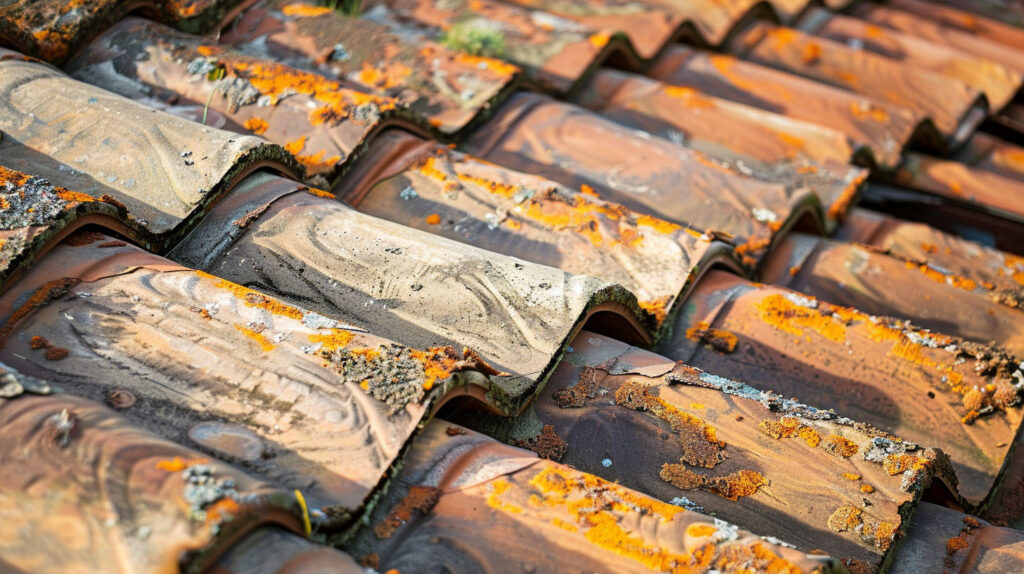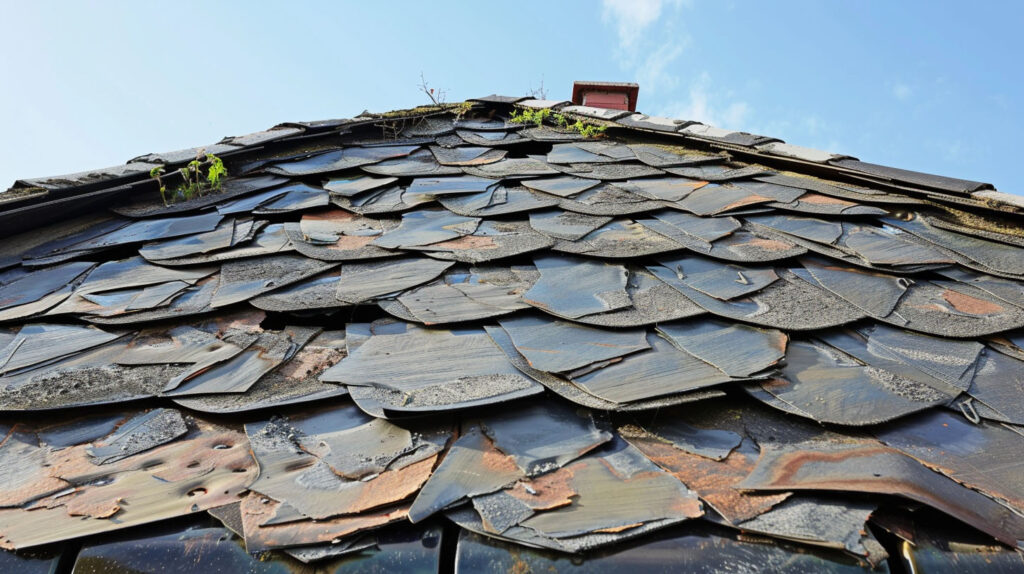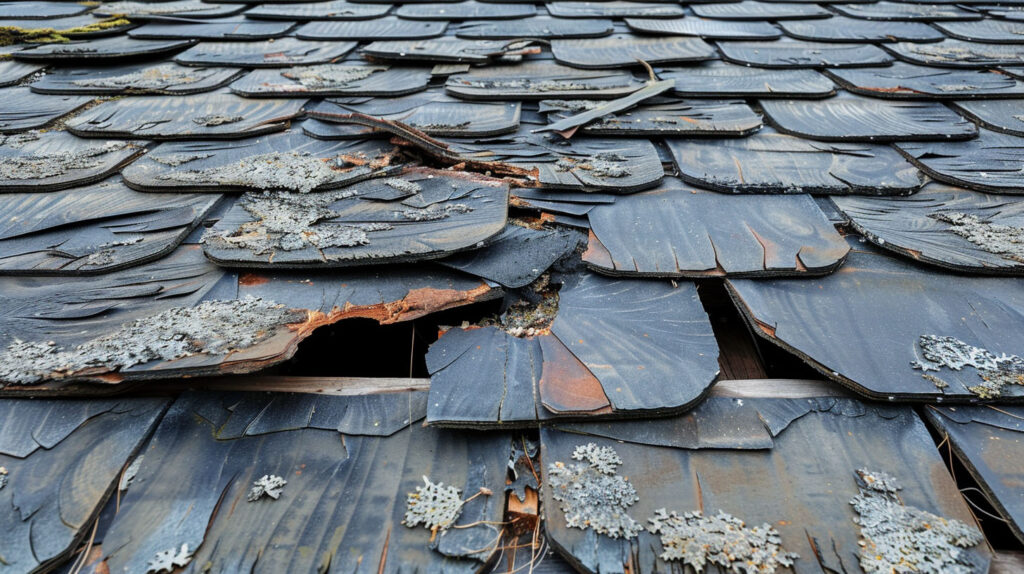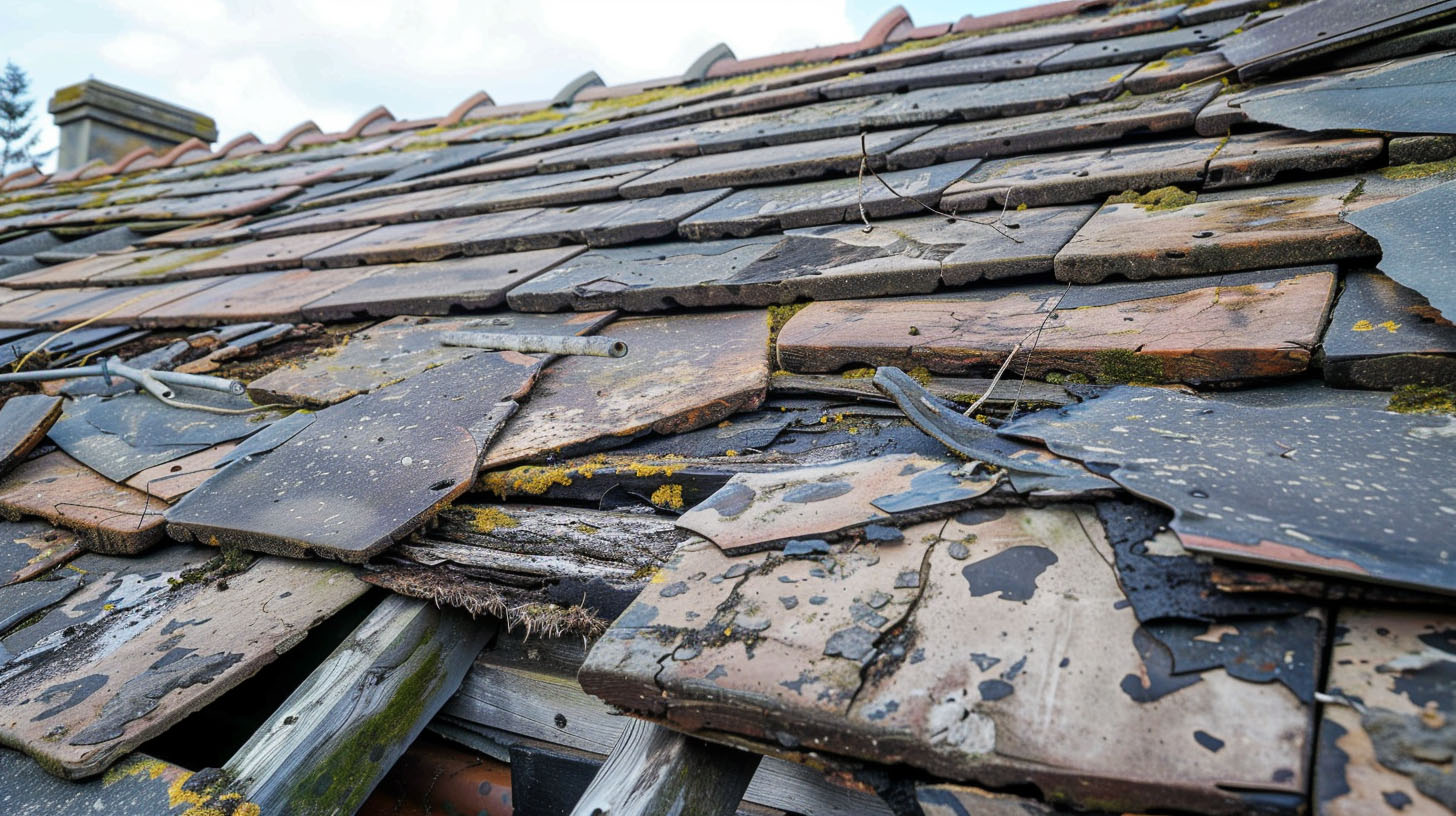Common Causes of Roof Deterioration in Coastal Areas
Living near the coast offers stunning views and vibrant weather, but these advantages come with their fair share of challenges for homeowners. Coastal environments expose roofs to conditions that significantly impact their durability and lifespan. From salt corrosion to heavy rainfall and relentless UV radiation, the risk of roof deterioration is much higher in coastal areas. At Specialist Roofing & Repair, we understand these factors and their effects on roofing materials. Our expertise in coastal roof care ensures that your home is protected, your roofing material performs optimally, and you can avoid costly repairs long-term in Burbank, CA. Understanding these challenges is key, and we are here to help you navigate them effectively.
Unique Roofing Challenges in Coastal Areas
Coastal regions are notorious for presenting unique challenges to homeowners, particularly when it comes to maintaining roofs. The salty air, high humidity, and fierce weather patterns demand vigilance and proper materials to prevent structural issues. Salt particles carried through the air accelerate corrosion particularly on metal components, impacting the roof system’s resilience.
Additionally, constant exposure to environmental factors like intense UV rays can cause wear and tear. To combat these challenges, selecting materials designed to handle coastal weather conditions is essential for preserving the roof’s integrity.
The Effects of Saltwater and Airborne Salts
Coastal environments present unique challenges due to saltwater exposure and airborne salts that can significantly exacerbate roof deterioration. Salt corrosion poses a threat to various roofing materials, leading to weakened structural integrity and potential structural damage. Over time, this constant exposure can result in corrosion of metal components and damage to protective coatings. Regular inspections are crucial for coastal homeowners, as help identify any early signs of wear and tear, ensuring long-lasting performance and minimizing costly repairs.

High Humidity and Moisture Intrusion
Coastal environments often experience elevated humidity levels, leading to significant moisture accumulation within roofing systems. This persistent dampness creates an ideal condition for mold growth, which can compromise the structural integrity of roofs over time. Inadequate ventilation exacerbates the issue, trapping humid air and increasing the risk of water pooling. Implementing routine maintenance, including regular roof inspections, is essential for identifying early signs of moisture intrusion and preventing costly repairs. Ensuring proper drainage can further mitigate the effects of high humidity on roofing materials.
Impact of Severe Weather on Roof Longevity
Roofs exposed to these unfavorable weather conditions may experience leaks, cracking, and widespread damage. Reinforcing rooftops before storm season is essential in ensuring longevity. The structural improvements not only act as preventive measures but also safeguard homeowners from major repair costs later.
Damage from High Winds and Storms
High winds and severe storms present unique challenges for coastal roofs. The force exerted by gusty winds can lead to loose shingles or even complete detachment of roofing materials, exposing the underlying structure to potential water damage. Moreover, heavy rainfall associated with storms can exacerbate moisture accumulation and increase the risk of mold growth. Regular roof inspections and the installation of hurricane straps can significantly enhance the roof’s structural integrity, providing coastal homeowners with peace of mind during storm season.
UV Radiation and Extreme Temperatures
Intense UV radiation poses a significant risk to coastal roofs, leading to accelerated degradation of roofing materials. Exposure to harsh sunlight can cause asphalt shingles and other roofing systems to become brittle and fade, compromising their structural integrity. Extreme temperatures, particularly during summer months, can exacerbate this deterioration, resulting in minor issues like loose shingles or major problems such as water intrusion. Proactive regular inspections and the application of protective coatings can mitigate these effects, extending the life of your roof in coastal environments.
Choosing Durable Roofing Materials for Coastlines
Selecting the right roofing material for coastal properties is essential to combat the environmental challenges brought by high humidity, strong winds, and heavy salt exposure. Durable materials like metal roofs and properly coated clay tiles offer unmatched strength and corrosion resistance.
Choosing coastal-specific roofing materials not only fortifies homes against wear but also minimizes the need for frequent repairs. Partnering with certified contractors ensures proper installation aligned with coastal roofing standards, guaranteeing peace of mind for homeowners throughout the year.

Performance of Asphalt Shingles, Tile, and Metal Roofing
Asphalt shingles are popular due to their minimal maintenance requirements, but in coastal environments, face challenges like moisture accumulation and salt corrosion. Tile roofing, while aesthetically pleasing, provides substantial durability and protection against water damage, making it suitable for coastal homeowners. Metal roofing offers remarkable corrosion resistance and longevity, effectively handling high winds and heavy rainfall. Right roofing materials, combined with proper ventilation and drainage, can extend the life of your roof, ensuring strong structural integrity in harsh coastal conditions.
The Importance of Manufacturer Warranties and Certified Contractors
Choosing the right contractor and understanding manufacturer warranties are essential components for maintaining your roof’s lifespan in challenging coastal environments. Our company proudly holds the Owens Corning Platinum Preferred Contractor status, which signifies our commitment to quality and excellence in roofing solutions. Additionally, as a Polyglass Quantum Contractor, we utilize top-tier materials that are specifically designed to withstand the unique challenges posed by saltwater exposure and high humidity levels. Our BBB A+ Rating further reflects our dedication to customer satisfaction and reliability, ensuring that homeowners can trust us to protect against potential issues stemming from materials like asphalt shingles and metal roofs. This proactive approach helps safeguard your roof’s structural integrity and performance in harsh coastal conditions.
Get in Touch
It is clear that coastal homeowners face unique challenges in maintaining their roofs due to harsh environmental factors. Regular inspections, combined with the right roofing material and protective coatings, can significantly reduce potential issues related to saltwater exposure and high humidity. Investing in durable roofing systems tailored for coastal regions not only enhances the structural integrity of properties but also extends the roof’s lifespan, ensuring peace of mind against costly repairs from environmental deterioration. Following expert advice proves invaluable in this regard.

Frequently Asked Questions
What is the best roofing for coastal areas?
Metal roofs, especially aluminium and zinc, serve as top choices for coastal areas due to their corrosion resistance against salt air exposure. These materials outperform others in terms of durability and require minimal maintenance, making them ideal for coastal properties.
What is the most common roof damage?
Wind damage is the most common roof problem in coastal regions, often causing loose shingles, water pooling, or structural harm. Furthermore, exposure to coastal weather factors like heavy rainfall can lead to significant issues requiring immediate rectification.
Read our blog: What Insurance Covers When It Comes to Roof Damage



